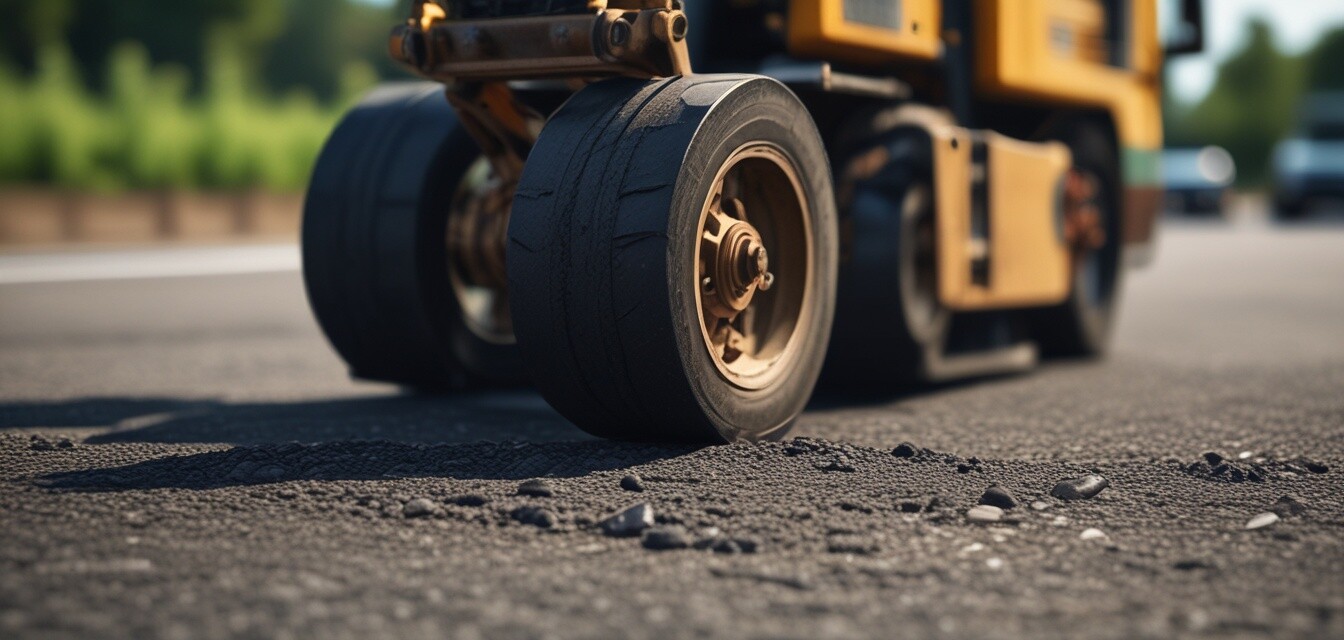
Mastering Asphalt Compaction Techniques
Key Takeaways
- Proper compaction techniques enhance the durability and longevity of asphalt surfaces.
- Understanding the equipment used for asphalt compaction is crucial for achieving professional results.
- Regular maintenance of compacted asphalt can prevent surface cracks and deterioration.
- Adhering to recommended compaction practices ensures even distribution and optimal performance of asphalt pavements.
- Continuous education on asphalt compaction techniques can significantly impact paving outcomes.
Whether you’re a seasoned contractor or a DIY enthusiast, mastering asphalt compaction techniques can significantly improve the durability and performance of your pavement projects. Understanding the fundamentals of asphalt compaction not only increases the lifespan of your asphalt surfaces but also ensures a smoother ride for vehicles. In this guide, we will explore essential techniques and tips for effective asphalt compaction.
Understanding Asphalt Compaction
Asphalt compaction involves the process of densifying asphalt mixtures to enhance their structural integrity and load-bearing capacity. The primary goal of compaction is to eliminate air voids within the asphalt mixture, which can lead to premature failure if not addressed properly. Properly compacted asphalt improves resistance to deformation and cracking.
Why Is Compaction Important?
Compaction is crucial for the following reasons:
- Enhances durability: Proper compaction makes asphalt more resilient to heavy loads, weather conditions, and traffic.
- Prevents water infiltration: Well-compacted surfaces reduce the likelihood of water seeping into the asphalt, which can weaken the structural integrity over time.
- Improves ride quality: Compacted asphalt provides a smoother driving experience, reducing vibrations and enhancing vehicle performance.
Essential Equipment for Asphalt Compaction
To achieve optimal compaction results, it is vital to utilize the right tools and equipment. Here are some of the primary types of machinery used in asphalt compaction:
| Equipment Type | Purpose |
|---|---|
| Rollback Paver | Lays down asphalt mixtures in a consistent manner. |
| Vibratory Roller | Densifies asphalt layers through vibration and static weight. |
| Static Roller | Utilizes weight to compress asphalt without vibration. |
| Tamping Roller | Combines static weight and impact for heavy compaction. |
Steps to Achieve Effective Asphalt Compaction
Follow these steps to ensure effective asphalt compaction:
- Choose the right time: Asphalt is best compacted at a specific temperature range. Ideal conditions are when the asphalt is warm enough to shape but cool enough to prevent it from being too soft.
- Use the correct equipment: Select the appropriate roller type based on the surface area and project requirements.
- Maintain the right speed: When using compaction equipment, the speed should be moderate to allow adequate compaction without leaving marks on the surface.
- Overlap passes: Roller passes should overlap by approximately 10-20% to ensure uniform compaction throughout.
- Monitor moisture levels: Ensure the asphalt mix has the right moisture content to achieve optimal compaction performance.
Common Compaction Mistakes to Avoid
The following mistakes can compromise the effectiveness of asphalt compaction:
- Compacting too soon: Allowing asphalt to cool below its recommended temperature can result in insufficient compaction.
- Uneven compaction: Not overlapping roller passes can leave uneven areas, affecting the overall quality.
- Ignoring moisture: Neglecting to monitor the moisture content can lead to weak points in the pavement.
Maintenance of Compacted Asphalt
Once asphalt has been compacted, maintaining it is essential for long-lasting results:
- Regular inspections: Inspect the surface for cracks and other signs of wear regularly.
- Seal coating: Applying a sealant can protect the surface and extend its lifespan by preventing oxidation and moisture damage.
- Quick repairs: Address any cracks or damage immediately to prevent further deterioration.
Resources for Further Learning
To further enhance your knowledge about asphalt compaction and paving techniques, consider exploring these resources:
- Buying guides for choosing the best paving tools.
- Instructional guides on paving techniques.
- Safety gear recommendations for safe working practices.
Pros
- Proper compaction techniques can significantly improve the lifespan of asphalt surfaces.
- Enhanced performance leads to reduced maintenance costs in the long run.
- Improved aesthetics create a smoother and more appealing surface.
Cons
- Improper compaction can lead to costly repairs and replacements.
- Requires skilled personnel to operate compaction equipment effectively.
- Initial investment in quality equipment may be high.
Conclusion
Mastering asphalt compaction techniques is essential for anyone involved in the paving industry, from experienced contractors to enthusiastic DIYers. By understanding the fundamental principles, utilizing the right equipment, and following best practices, you can greatly enhance the durability and performance of your asphalt projects. Remember, effective compaction not only prolongs the lifespan of your pavement but also ensures a smoother, more enjoyable experience for all who use it.
For more information on asphalt paving and detailed product reviews, check out our how-to guides section!

